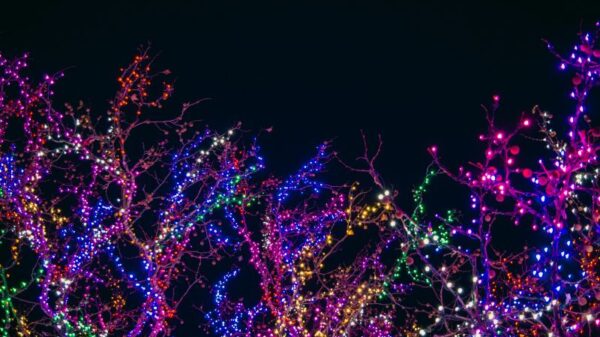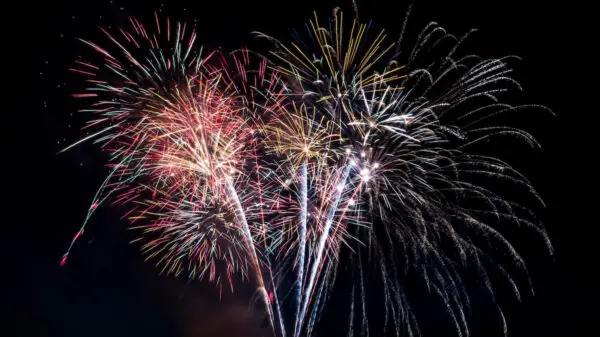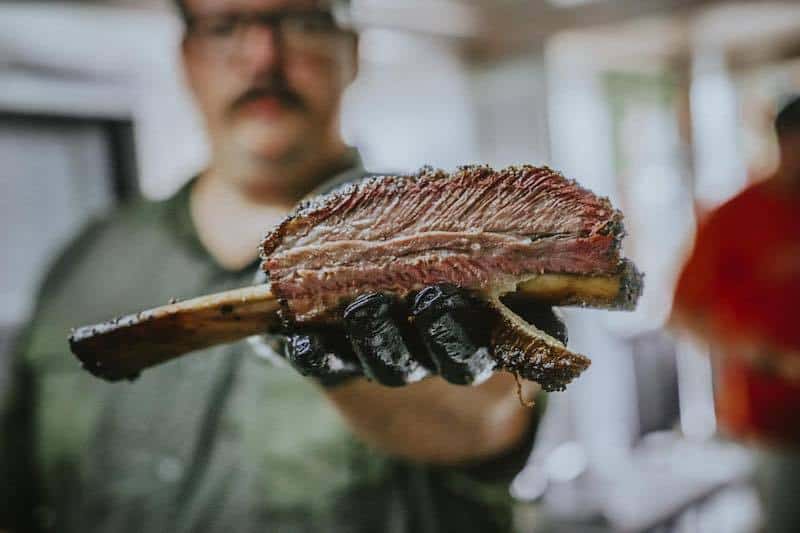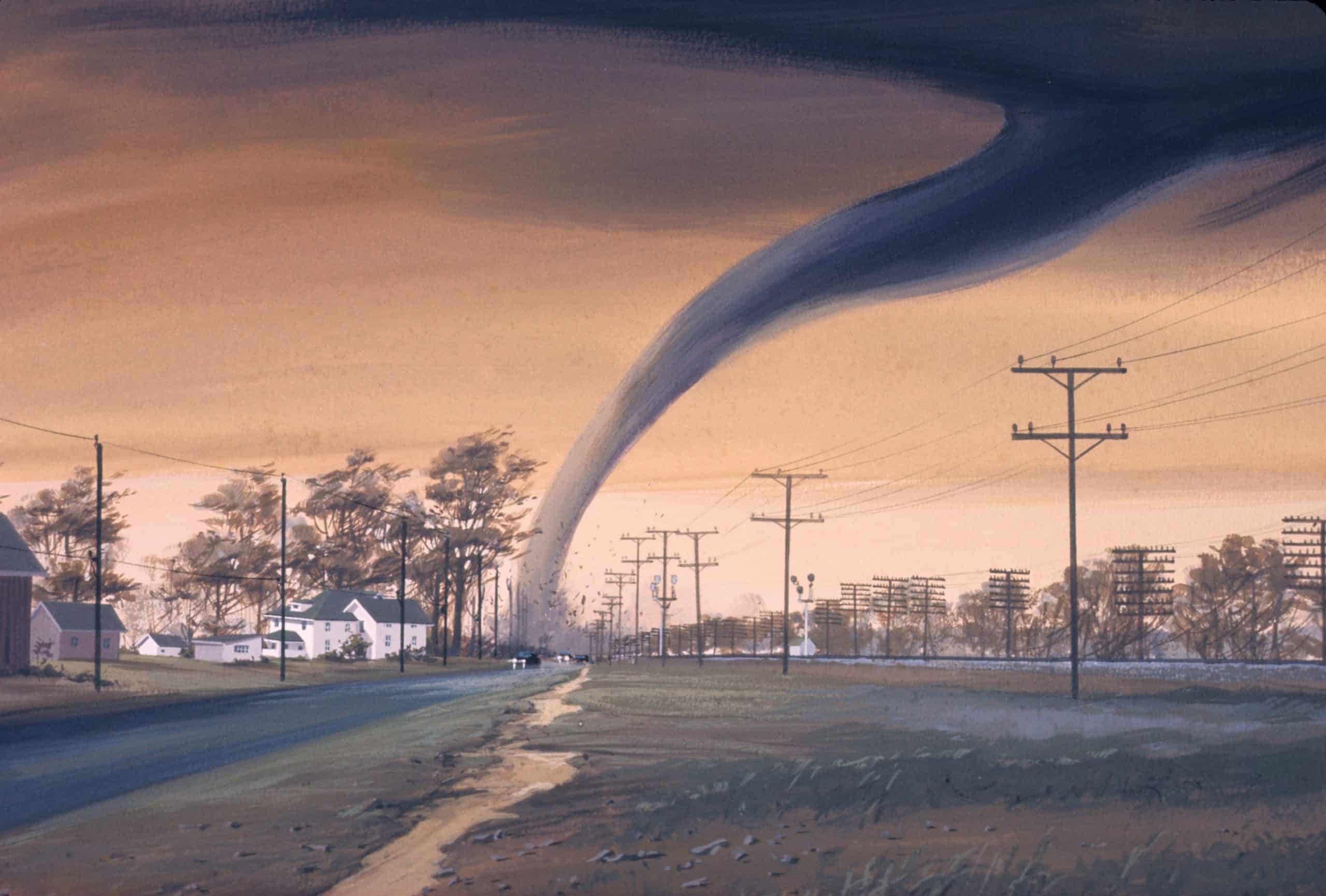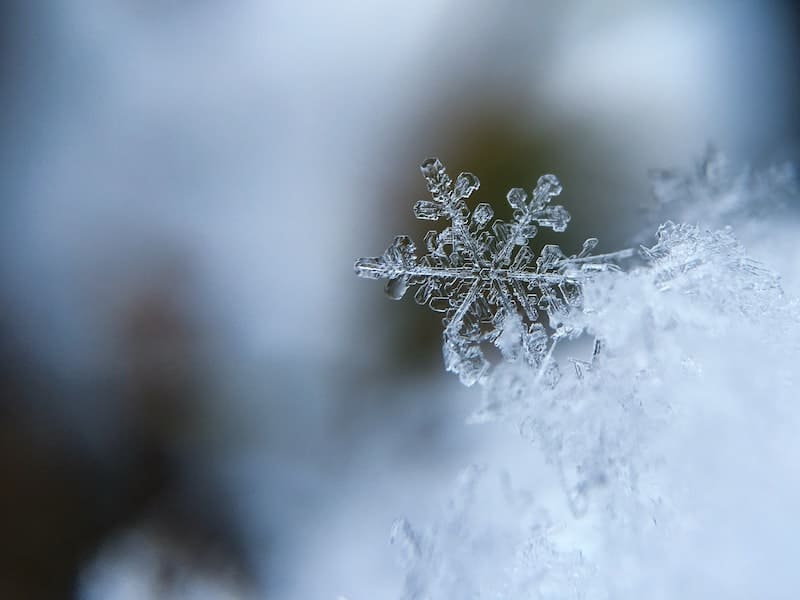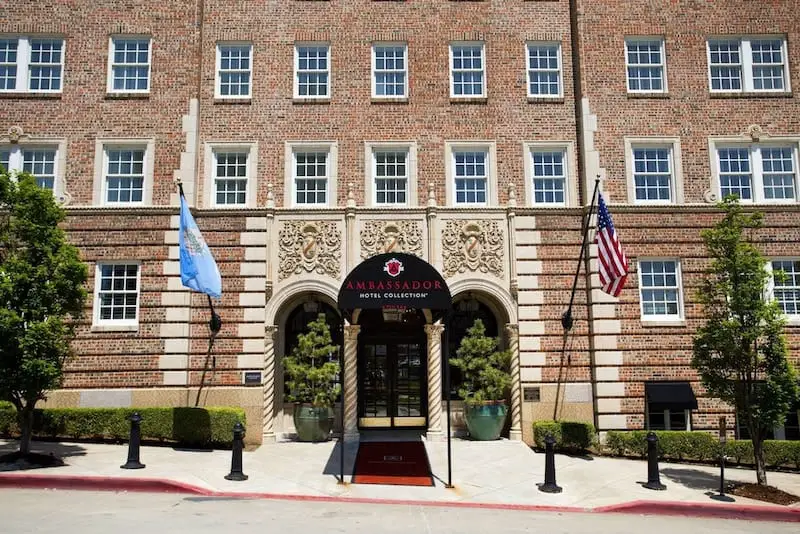Tulsa’s Historic Underground Tunnels
Tulsa is known for having a rich history and for being home to a variety of interesting attractions. After working in downtown Tulsa most of my life, navigating these tunnels was something that I did daily. Tulsa has a lot of interesting underground landmarks, but the Tulsa tunnels are some of Tulsa’s most popular.
Did you know that Tulsa is also home to some underground tunnels? Tulsa has at least one underground pedestrian tunnel under Tulsa’s famous Mayo Hotel, the Tulsa Founder’s Memorial Tunnel. This tunnel is commonly used by Tulsa’s downtown workers to get from one building to the next. The tunnel is also open to the public and makes a great attraction for tourists.
Although most Tulsan’s are aware of The Tulsa founder’s memorial tunnel, there are many more tunnels in Tulsa that Tulsan’s don’t usually hear about or travel through regularly.
The Unknown Tunnels Running Through Tulsa
Some people say there are over forty miles of abandoned tunnels underneath downtown Tulsa. Many parts of Tulsa were built around these tunnels, so it would be hard to explore them all.
The tunnels were used for various purposes over the years, such as an underground streetcar line, a storm sewer, and even a place to store ice.
The Tulsa Subway Company began building the streetcar tunnels in 1898. The company was bought by the Tulsa Electric Company in 1901, which completed the project.
The tunnels ran from Sixth and Cheyenne to First and Peoria. There was even a Tulsa Rapid Transit Company that operated an underground trolley system in the Tulsa tunnels for about one year, from February 1920 to January 1921.
Tulsa’s Hidden Valley Tunnel
Another Tulsa tunnel not many Tulsan’s know about is the Hidden Valley Tunnel in Jenks, Oklahoma. This four hundred-foot-long one-way brick archway was built in 1917 and was used as a train trestle into the 1950s when it became an access road into Tulsa Creek Project land on White City Drive.
It has been used for various other purposes since then, such as a storm sewer and a water line. The tunnel is now closed to the public, but you can still see it from the Jenks Library or the Tulsa Creek bridge.
The Tulsa Founder’s Memorial Tunnel
The Tulsa Founder’s Memorial Tunnel was built in remembrance of Tulsa’s founders, who were killed in the Tulsa Race Massacre of 1921. The tunnel is made of limestone and marble and is decorated with various Tulsa landmarks.
Tulsa’s founders are memorialized in the murals that line the tunnel, including Indian tribes who lived in Tulsa before Tulsa was even founded. These founders included Tulsa’s first mayor J. C. Jacobson and Tulsa founder E. W. Gustafson.
The three-quarter-mile tunnel is still used by traffic coming from Catoosa to Tulsa today. On average, 8,000 cars go through this tunnel each day.
Using the Tunnels for Unique Purposes Throughout History
But Tulsa’s underground tunnels are not just for transportation purposes. At least three other Tulsa companies have used Tulsa’s underground tunnels as storage places or hideouts at some point in Tulsa history.
The first of these was the ice tunnels, built by Tulsa Creamery beginning in 1914 to store large blocks of ice throughout downtown Tulsa.
They continued building ice houses through 1918, with two more being completed in 1920 by Pete Creamer. The ice houses were impressive buildings made of brick and concrete that could hold up to 20 million pounds of cut ice at once!
The company would saw blocks of ice from the Tulsa River and then store them in these underground tunnels until they were needed.
The second company to use Tulsa’s underground tunnels for storage was J.D. McCarty. They used the tunnels to hide moonshine during prohibition. And, last but not least, Tulsa’s own Bonnie and Clyde, John Dillinger, used the Tulsa tunnels as a place to hide out after robbing banks in the Midwest.
How to Take a Tour of the Underground Tunnels
In the 1920s, the underground tunnels were deemed unsafe for public use due to their deteriorating condition and therefore closed. In recent years, interested groups have started taking tours of this unique Tulsa landmark.
If you’re curious about what the underground tunnels look like, or if you’d simply like to learn more about their history, here’s everything you need to know about taking a tour.
There are a few different tour companies that offer underground tunnel tours in Tulsa. The tours last anywhere from 60 to 90 minutes, and they typically include a visit to the city’s underground water treatment plant.
Tours are offered throughout the year, and reservations are typically not necessary. However, it’s always a good idea to check with the tour company before heading out to make sure there is availability.
The underground tunnels in Tulsa are located downtown near the Tulsa Riverwalk. The entrance is just south of the Mayo Hotel on First Street. There is parking available in the underground parking garage, and the entrance to the tunnels is just a few yards from the garage.
The underground tunnels are a unique piece of Tulsa’s history, and they’re definitely worth checking out if you have the opportunity. If you’re not familiar with downtown Tulsa, be sure to take some time to walk around and explore after your tour.
There are plenty of great restaurants and shops in the area, and it’s a great place to people watch.
Why Tunnels Are Important Throughout History
Tunnels are important because they allow underground travel, which was not possible before. They provide underground routes for utilities like water and electricity, as well as people.
Tunnels are typically dug underground to avoid the surface conditions above ground. There have been many tunnels throughout history that have helped with travel underground. The underground world of tunnels is what you pass through every day without noticing it!
While walking along, these tunnels may seem normal or boring, but there is more to them than meets the eye. Tunnels are important in our everyday lives because they allow us to be protected from the harsh weather above ground so we can carry out our daily routines with peace of mind.
Ancient Tunnel History
The first known tunnel construction goes back to 4000 BC underground cities in Anatolia, Turkey. The underground cities of Derinkuyu and Kaymakli can be found within the Taurus Mountains.
These underground complexes consist of tunnels with rooms, ventilation shafts, wells, and water channels. The largest underground city is Derinkuyu underground city. There is enough room to house 20 thousand people underground and still have space for food storage! It even contains areas for stables and livestock, as well as tombs and churches!
The Eupalinian Aqueduct (also called the “Aqua Tunnel”) on Samos island was built around 500 BC by ancient Greeks to provide a way to transport water from mountain springs across an island with hills rising sharply from sea level. It has a total length of 12 kilometers and is composed of several underground tunnels!
The Romans were famous for their underground tunnels. They used them to transport goods and people, as well as to provide shelter from the weather and enemies. The London Underground subway system, which was opened in 1863, is a great example of a Roman tunnel.
Middle Age Tunnels
During the middle ages, many underground tunnels were dug for defense purposes. For example, the Chateau Gaillard castle in France had an underground tunnel that was used to move troops and supplies undetected between the inner and outer baileys.
The underground Passagenwerk in Vienna, Austria was built in 1894 as a secret underground transportation route for soldiers and goods. It has a total length of more than 8 kilometers and contains a railway, water pipes, and electric cables!
Modern Time Tunnels
Today, underground tunnels are used for many different purposes. For example, the Channel Tunnel (or “Chunnel”) connects England to France beneath the English Channel. It is 31.35 miles long and consists of three underground tunnels! The Chunnel was completed in 1994 and is now the world’s longest undersea tunnel!
Tunnels are also used for the transportation of people and goods. The Port Authority Trans-Hudson (PATH) subway system in New York City is a great example. It has 24 stations and transports over 250,000 passengers daily!
Tunnels In Tulsa Today
Today, Tulsa’s underground tunnels are mainly used by the Tulsa Transit Authority to store maintenance vehicles. These Tulsa underground tunnels are still a mystery to most Tulsa residents, but the Tulsa Underground Tours go down into some of Tulsa’s deepest underground spaces.
They offer guided tours through downtown Tulsa, providing history along with stories about Tulsa’s past. The Underground Tulsa tour goes beneath Tulsa’s sidewalks and reveals what lies underneath this city that continues to grow upward every day!
So if you’re ever in Tulsa and feel like taking a walk on the wild side, be sure to check out some of these hidden underground tunnels! Who knows what secrets you might uncover? Tulsa’s history is full of mystery and intrigue, and its underground tunnels are just a small part of that


